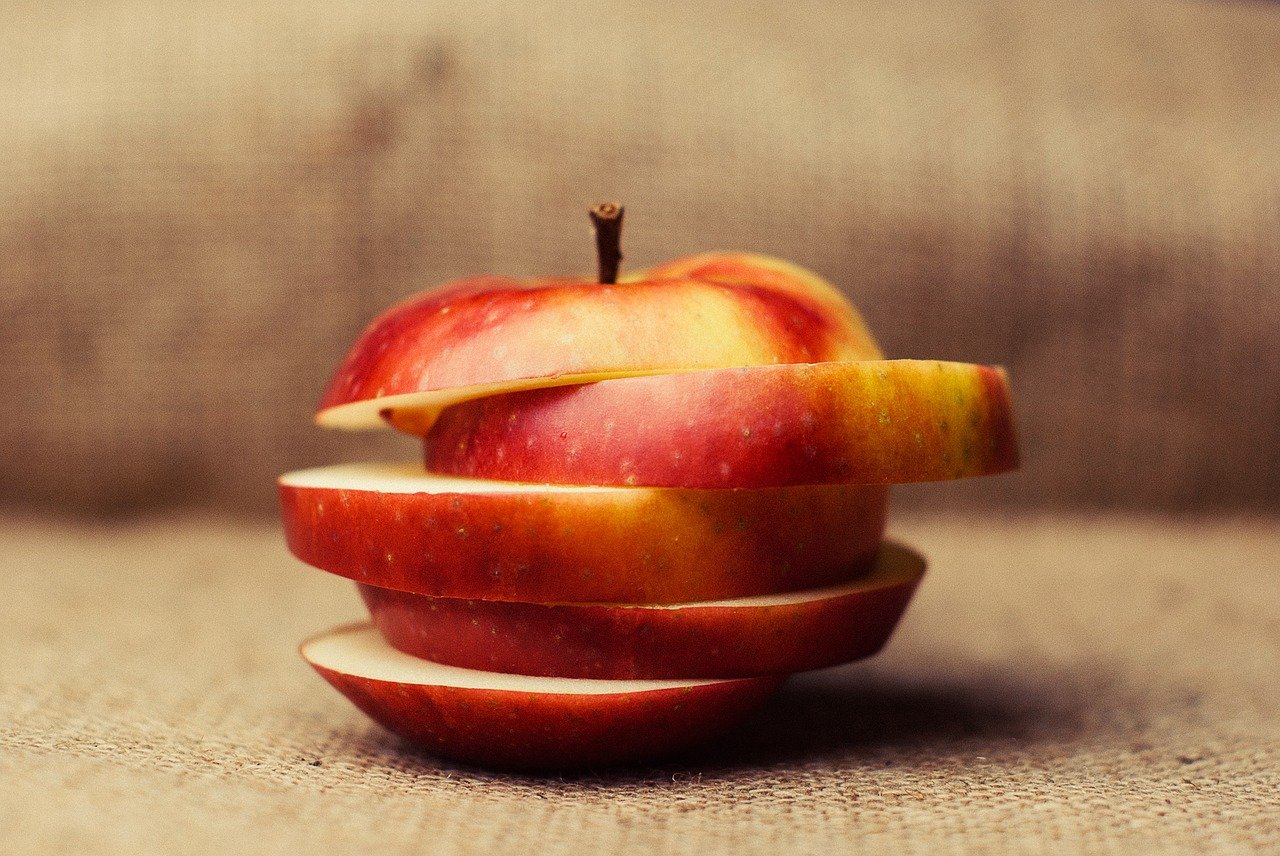
Besan, also known as chickpea flour or gram flour, is a versatile ingredient widely used in various cuisines around the world. It’s made by grinding dried chickpeas into a fine powder. But can besan be a good choice for a keto diet? In this post, we’ll explore the nutritional profile of besan, its potential benefits, and how it can fit into a keto lifestyle.
Understanding the Keto Diet 🥑
Before we delve into the details of besan, let’s quickly review the basic principles of the keto diet. The ketogenic diet is a low-carbohydrate, high-fat dietary approach that aims to shift the body’s fuel source from glucose to fat. By drastically reducing carbohydrate intake and increasing fat consumption, the body enters a metabolic state called ketosis, where it relies on stored fat for energy.
On a standard keto diet, the macronutrient breakdown typically involves consuming around 70-75% of calories from fat, 20-25% from protein, and only 5-10% from carbohydrates. This significant reduction in carbohydrate intake forces the body to burn fat for fuel, leading to weight loss and other health benefits associated with the keto diet.
The Nutritional Profile of Besan 🌾
Besan is derived from chickpeas, which are known for their nutritional value. Let’s take a closer look at the macronutrient composition of besan per 100 grams:
- Calories: Approximately 387 calories
- Carbohydrates: Around 53 grams
- Fiber: Roughly 11 grams
- Fat: Approximately 6 grams
- Protein: Around 22 grams
Besan is relatively high in carbohydrates compared to other keto-friendly flours such as almond flour or coconut flour. However, it’s important to note that besan contains a significant amount of dietary fiber, which can help slow down the digestion and absorption of carbohydrates, potentially reducing the impact on blood sugar levels.
Besan and the Keto Diet 🌾
While besan may contain a higher carbohydrate content than other keto-friendly flours, it can still be incorporated into a keto diet with certain considerations:
- Portion Control: Due to its carbohydrate content, it’s essential to consume besan in moderation to stay within your daily carbohydrate limit. Be mindful of portion sizes and track your intake to ensure you’re maintaining ketosis.
- Balance with Other Ingredients: When using besan in recipes, it’s beneficial to balance it with high-fat ingredients to maintain the desired macronutrient ratios of the keto diet. For instance, combining besan with sources of healthy fats like avocado, coconut oil, or nuts can help offset the higher carbohydrate content.
- Use in Moderation: While besan can add flavor and texture to dishes, be cautious about relying too heavily on it as a primary ingredient. It’s best to consider besan as an occasional addition rather than a staple in your keto meals.
- Consider Individual Tolerance: Each person’s tolerance to carbohydrates can vary. Some individuals may find that they can include small amounts of besan in their keto diet without experiencing significant effects on ketosis, while others may need to strictly limit their intake.
- Effect on Blood Sugar: Despite its carbohydrate content, besan has a lower glycemic index compared to refined wheat flour, which means it has a slower impact on blood sugar levels. The presence of fiber and protein in besan helps regulate blood sugar spikes, making it a potentially better option for individuals with diabetes or those aiming to manage their blood sugar levels.
Potential Benefits of Besan 🌾
Besan offers several potential health benefits that make it an attractive choice, even if you’re following a keto diet:
- Rich in Protein: Besan is a good source of plant-based protein, which is essential for tissue repair and growth. Including besan in your keto diet can help meet your protein needs, particularly if you follow a vegetarian or vegan keto lifestyle.
- Dietary Fiber: Besan is high in dietary fiber, which can support digestive health, promote satiety, and aid in weight management. The fiber in besan slows down the digestion of carbohydrates, potentially minimizing blood sugar spikes and keeping you feeling fuller for longer.
- Vitamins and Minerals: Besan contains various vitamins and minerals, including folate, iron, magnesium, and zinc. These nutrients are essential for energy production, immune function, and overall well-being.
- Gluten-Free Option: Besan is naturally gluten-free, making it a suitable choice for individuals with gluten sensitivities or those following a gluten-free keto diet.
Incorporating Besan into Your Keto Meals 🍽️
Here are some ideas for incorporating besan into your keto diet:
- Low-Carb Baking: Use besan in combination with other low-carb flours like almond flour or coconut flour to create keto-friendly baked goods such as bread, pancakes, or flatbreads. This blend provides a balance between flavor, texture, and carbohydrate content.
- Batter Coating: Use besan as a gluten-free coating for meat, poultry, or vegetables before frying or baking. It adds a crispy texture and absorbs less oil compared to traditional wheat-based coatings.
- Thickening Agent: Add besan to sauces, soups, or stews as a natural thickening agent. It adds a mild nutty flavor and helps create a smooth and velvety texture.
- Pancakes and Crepes: Prepare besan-based pancakes or crepes by combining it with eggs, cream, or non-dairy milk for a satisfying keto breakfast or snack option. You can also experiment with adding keto-friendly flavorings like vanilla extract or cinnamon for added taste.
- Pakoras and Fritters: Create keto-friendly pakoras or fritters by combining besan with low-carb vegetables, herbs, and spices. Fry them in a high-quality cooking oil or bake them for a healthier alternative.
- Dosa and Chilla: Make savory dosas or chillas, similar to pancakes, by blending besan with water, spices, and optional vegetables. These can be enjoyed as a wholesome and filling keto meal.
Conclusion 💡
Besan, or chickpea flour, can be a flavorful and nutritious addition to your keto diet when consumed in moderation. While it contains a higher carbohydrate content compared to other keto flours, its fiber content and nutrient profile make it a viable option for some individuals following a keto lifestyle. As with any food, it’s crucial to monitor your portion sizes, consider your individual tolerance to carbohydrates, and balance besan with other keto-friendly ingredients to maintain ketosis and achieve your desired health goals.












